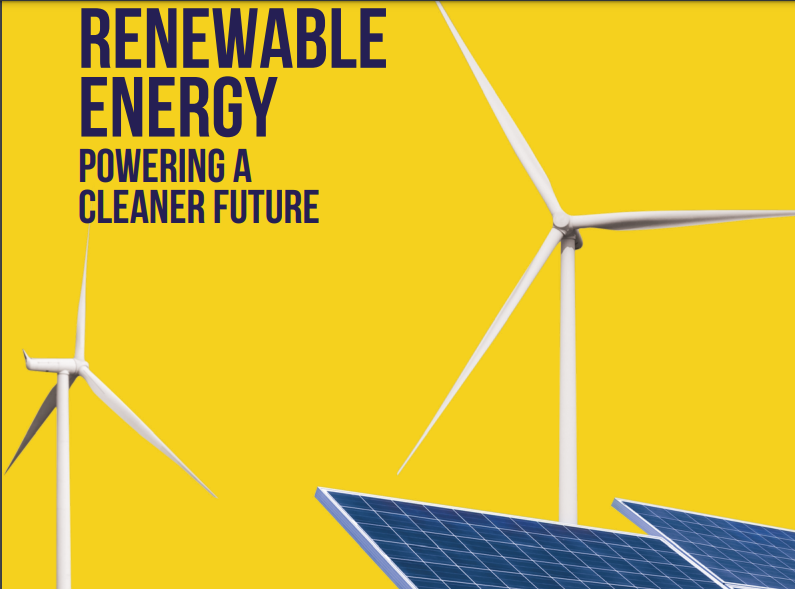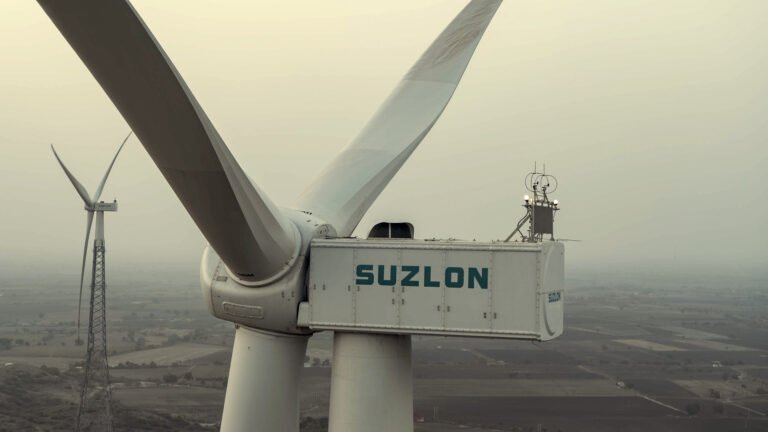India is at the forefront of the global renewable energy revolution, holding the fourth position globally in renewable energy installed capacity, including large hydro. As of July 2023, India has set an ambitious target of achieving 500 GW of non-fossil fuel-based energy by 2030, representing the world’s largest expansion plan in renewable energy. This pledge under the Panchamrit initiative aligns with India’s commitment to combat climate change and reduce carbon emissions.
Impressive Growth and Investment Potential
India’s journey in the renewable energy sector has been nothing short of remarkable:
1. Explosive Growth: India’s installed non-fossil fuel capacity has surged by 396% in the past 8.5 years, reaching over 179.322 GW (including large hydro and nuclear) by July 2023. This capacity now accounts for approximately 43% of the country’s total energy capacity.
2. Solar Power Surge: The installed solar energy capacity has witnessed a phenomenal 24.4-fold increase in the last 9 years, standing at an impressive 67.07 GW as of July 2023.
3. Wind Energy Dominance: Wind power remains a significant contributor to India’s renewable energy landscape, with an installed capacity of 42.8 GW.
4. Favorable Policy: India allows up to 100% Foreign Direct Investment (FDI) under the automatic route for renewable energy generation and distribution projects, subject to provisions of The Electricity Act 2003. This opens up opportunities for foreign investors looking to tap into India’s renewable energy potential.
Sector Overview
The renewable energy sector in India is diverse and includes:
- Wind Power: 42.8 GW
- Solar Power: 67.07 GW
- Biomass/Co-generation: 10.2 GW
- Small Hydro Power: 4.94 GW
- Waste To Energy: 0.55 GW
- Large Hydro: 46.85 GW
India’s Ambitious Targets
India’s commitment to sustainability is evident through its ambitious targets:
1. Carbon Intensity Reduction: India aims to reduce the carbon intensity of its economy by less than 45% by the end of the decade.
2. Renewable Energy Growth: The country aims to achieve 50% cumulative electric power installed by 2030 from renewables.
3. Net-Zero Emissions: India’s long-term goal is to achieve net-zero carbon emissions by 2070.
4. Hydrogen Production: India has set an objective to produce five million tonnes of green hydrogen by 2030, supported by 125 GW of renewable energy capacity.
5. Offshore Wind Potential: With potential sites identified, India is targeting 30 GW of offshore wind energy by 2030.
Investment Opportunities
Investors eyeing the Indian renewable energy sector should consider companies that are actively participating in this dynamic landscape. Some key players include:
- Adani Green Energy Limited: A leader in the Indian renewable energy market with a substantial portfolio of projects.
- Tata Power Renewable Energy Limited: A subsidiary of Tata Power, actively expanding its renewable energy capacity.
- ReNew Power: Known for its diverse portfolio of wind and solar projects.
- Azure Power: Focused on both utility-scale and distributed solar installations.
- Hero Future Energies: Expanding its presence in the Indian renewable energy market.
- Suzlon Energy: A prominent player in the wind energy sector with a focus on wind turbine manufacturing and wind farm development.
Recent Budget Highlights
The Union Budget 2023 reinforces India’s commitment to green growth:
- A $2.4 billion National Hydrogen Mission aims to produce 5 million metric tonnes of green hydrogen by 2030.
- A $36 million allocation in the budget supports the National Hydrogen Mission.
- $1.02/$2.5 billion central sector support for Inter-State Transmission System (ISTS) infrastructure for 13 GW of renewable energy from Ladakh.
Conclusion
India’s renewable energy sector offers immense investment potential driven by ambitious government targets, substantial capacity growth, and supportive policies. As India strives to become a global leader in renewable energy, investors have the opportunity to participate in this sustainable and high-growth sector. However, investors must conduct thorough research, assess specific company performance, and stay updated with the rapidly evolving market dynamics.







